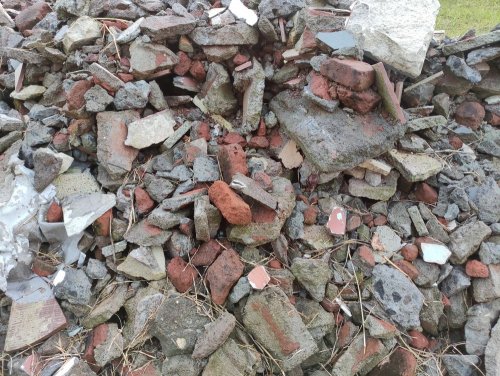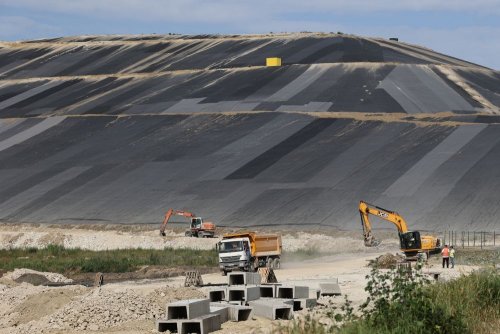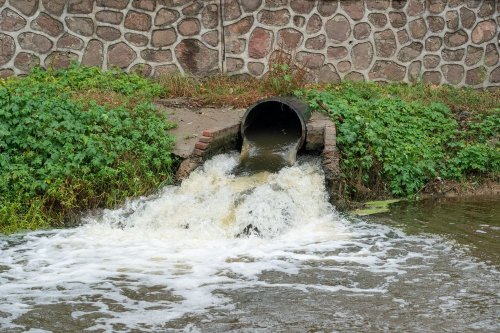Microplastics were found in all four water samples taken from the Danube River near the Ochakivska mouth.
This was reported by the press service of the National Ecological Center of Ukraine.
The study of the Danube waters was conducted as part of the SUNDANSE project, whose experts took samples of suspended solids – small particles that are in the water but do not immediately settle but circulate.
The researchers took the first 4 samples between January and April 2025. To collect suspended solids, the scientists used sediment traps installed near the Ochakivska estuary in the waters of the town of Vilkove, Odesa Oblast.

Photo: necu.org.ua
In each of the studies, experts found microplastics. The highest level of microparticle pollution in the Danube River was found during the surveys in April. The intensity of material accumulation varied significantly: from 2 g/cm² in January to 10 g/cm² in April.
What types of microplastics did the researchers find?
1) Fibers – synthetic threads, microfiber, often colored (most often blue and red);

Photo: necu.org.ua
2) Flat particles – white or matte in color, sometimes up to 4 mm long; they can be fragments of films or products that are breaking apart;

Photo: necu.org.ua
3) Small colored particles – very tiny bits of plastic, often less than 0.1 mm.

Photo: necu.org.ua
Currently, experts of instrumental and laboratory control are examining water samples taken on September 2 and 8.Interestingly, the proportion of fibers, especially colored fibers, in the Danube suspended sediments was lower than in the sediments of the Black Sea shelf zones associated with the Danube avandelta, where they usually dominate. This may indicate that light fibers mostly "travel" with the current in the surface layers of the river, while in calmer areas, such as the shelf, they are more likely to settle.
Why microplastics in rivers are dangerous:
Suspended solids are like a "transition zone": particles that first float in the water and then either remain in the river, settle out, or get ingested by living organisms. They can be a source of food chain (fish, small aquatic creatures).
The Danube is one of the main ways that plastic particles enter the Black Sea. The way the pollution problem is managed will affect the marine ecosystem.
Part of the Danube Delta, the Danube Biosphere Reserve, is home to rare species of plants and animals, many of which are protected. Pollution can disrupt their habitat.
According to experts, the main source of this pollution is rivers that wash away plastic waste from areas where people live. The amount of plastic waste in the water directly depends on the population density, level of urbanization, and quality of wastewater treatment and waste management systems. For example, in Europe, wastewater treatment plants discharge more than half a million tons of plastic into rivers every year, and the Danube River is the largest contributor.
The first results of the SUNDANSE project confirm this: The Danube is one of the key routes for plastic to enter the Black Sea.
We remind EcoPolitics readers that on September 22, in the Obolon district of Kyiv, in the Obolon tract, it was noticed that the Dnipro riverbank was covered with a light turquoise layer of pollution.
Videos shot by local residents show how the Obolon tract has a characteristic pollution on the Dnipro bank, which stretches along the tract's shoreline. The turquoise-colored pollution has also spread to the vegetation of the coastal area.
We also advise you to read that Zhytomyr has eliminated the discharge of pollutants into the Kamianka River, which occurred on September 2 due to siltation of the sewage collector as a result of heavy rains.
Environmental inspectors said that the wastewater discharge has stopped and the river is gradually being cleaned.





